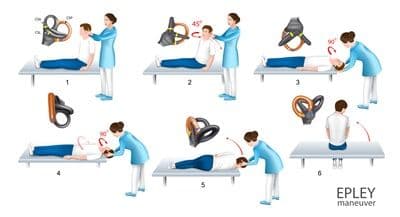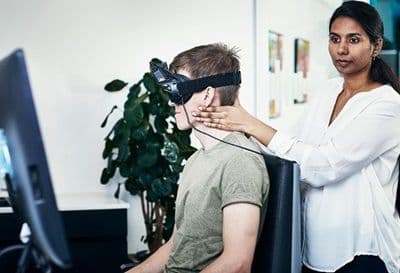What’s the Difference Between BPPV and Cervical Vertigo?

Dizziness and vertigo are balance disorders that health professionals encounter regularly. Two conditions often confused due to overlapping symptoms are Benign Paroxysmal Positional Vertigo (BPPV) and Cervical Vertigo.
This blog will explain the differences between these common causes of vertigo and offer balance professionals valuable insights to enhance their diagnostic and therapeutic approaches.









